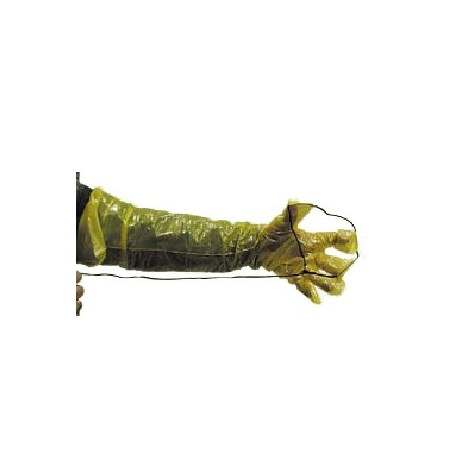The aim of this study was to describe early infections with porcine circovirus type 2 (PCV2) in naturally infected piglets and the piglets’ serologic profiles.A total of 20 sows (15 PCV2-vaccinated and 5 unvaccinated) and 100 newborn piglets were studied (5 piglets per sow). On the day of parturition, samples of the sows’ blood and colostrum were collected. Piglets were ear-tagged, and presuckling blood samples were collected from the umbilical cord. Milk samples were collected on the 20th day postpartum. Further blood samples from the piglets were taken by venipuncture and the piglets weighed on days 1, 20, 42, 63, and 84 postpartum. Colostrum and milk were evaluated for infectious PCV2 and for PCV2 total antibody (TA), neutralizing antibody (NA), and IgA. Serum samples were evaluated for PCV2 TA, NA, IgA, IgM, and DNA.
Total IgG levels were measured in samples of sow colostrum and piglet serum on the day of parturition and day 1 postpartum to assess the transfer of passive immunity. The colostrum samples had high total IgG levels (93.82 ± 20.03 mg/mL). On the day of parturition 18 of the 100 piglets had serum levels of total IgG from 0.08 to 0.26 mg/mL, higher than previously described for natural fetal antibody (0.03 mg/mL) (17), which suggests antigen stimulation in utero after the period of immunocompetence (> 70 d of gestation). Of the 18 piglets demonstrating some total IgG on the day of parturition, 5 were positive for PCV2 DNA on day 1 postpartum. On day 1 postpartum the total IgG levels in the piglet serum ranged from 18.32 to 77.52 mg/mL. On the day of parturition all the sows had high titers of PCV2 TA and NA in the serum (11.63 ± 1.32 log2 and 9.51 ± 1.01 log2, respectively). On the day of parturition 17 (85%) of the sows were qPCR-positive, with 3.20 to 3.69 log10 PCV2 copies/mL of serum. The mean viral load of the herds was 2.94 ± 1.28 log10 PCV2 copies/mL. On the day of parturition all the colostrum samples were positive for the highest PCV2 TA, NA, and IgA dilutions tested (TA and IgA, 12.32 log2; NA, 11.00 log2). In the milk samples the PCV2 IgA titers were variable but averaged 8.54 ± 3.05 log2. Regardless of the high titers of PCV2 antibodies, PCV2 was isolated from 11 (55%) of the colostrum samples (mean titer 101.00 ±1.03 TCID50/50 μL) and 5 (25%) of the milk samples.On day 1 postpartum, PCV2 DNA was detected in the serum of 29 of the 100 piglets (3.34 to 5.05 log10 PCV2 copies/mL); there were 1 to 3 positive piglets per litter. There was no difference between the weights of viremic and nonviremic piglets at any of the 5 times of weighing from day 1 to day 84 postpartum.

In the piglets in this study, the PCV2 seropositivity at birth and the high frequency of viremia on day 1 postpartum suggest that early infection can occur because of vertical transmission of PCV2 even from naturally infected sows with high PCV2 antibody titers. In addition to transplacental infection, piglets could be infected with PCV2 soon after birth via infected colostrum or environmental contamination. Furthermore, the detection of NA in 1 newborn piglet reinforces the idea of in utero infection after the period of fetal immunocompetence.
Priscilla F. Gerber, Flávia M. Garrocho, Ângela M.Q. Lana, and Zélia I.P. Lobato. Fetal infections and antibody profiles in pigs naturally infected with porcine circovirus type 2 (PCV2). Can J Vet Res. 2012 January; 76(1): 38?44.






